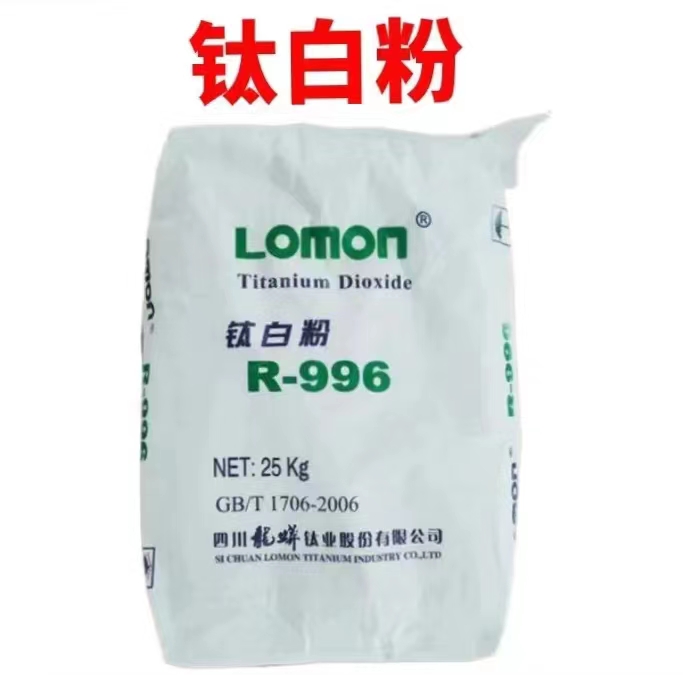
Out . 21, 2024 14:29 Back to list
colour of titanium dioxide
The Color of Titanium Dioxide Understanding Its Properties and Applications
Titanium dioxide (TiO2) is a versatile and widely used compound known for its exceptional white color and opacity. Found in nature as minerals such as rutile and anatase, titanium dioxide has become a key ingredient in various industries, ranging from paints and coatings to food and cosmetics. Its color, largely determined by its crystalline structure and purity, plays a crucial role in defining its applications.
The Color of Titanium Dioxide Understanding Its Properties and Applications
In addition to its role as a pigment, titanium dioxide’s color varies based on its form and treatment. Anatase and rutile are the two main crystalline structures of TiO2, with rutile being the more stable and widely used variant due to its superior light-scattering properties. However, anatase is often utilized in applications like photocatalysis, where its ability to absorb ultraviolet light makes it effective in breaking down pollutants and generating reactive oxygen species. This property is why titanium dioxide is frequently found in self-cleaning surfaces and air purification systems.
colour of titanium dioxide

The color of titanium dioxide can also be modified through various treatments, such as doping with other elements, which can enhance its photocatalytic activity or alter its acceptability in different formulations. For example, coatings containing titanium dioxide that have been treated to improve their UV absorption can prevent discoloration in outdoor applications, extending the life and appearance of materials exposed to harsh environmental conditions.
In the food and cosmetics industries, titanium dioxide is widely used as a whitening agent. However, its safety has come under scrutiny, especially regarding its nano-sized particles. Regulatory agencies worldwide are assessing the implications of TiO2 in food products and the potential risks associated with its inhalation or ingestion.
In conclusion, titanium dioxide’s distinctive white color, combined with its multitude of properties, makes it an essential material across various sectors. Understanding its color chemistry not only provides insights into its broad applications but also highlights the need for ongoing research into its safety and environmental impact. As industries continue to innovate, titanium dioxide remains a critical compound contributing to the development of sustainable and effective products.
-
Advanced Titania TIO2 Solutions with GPT-4 Turbo AI Tech
NewsAug.02,2025
-
Titania TiO2 Enhanced with GPT-4 Turbo AI for Peak Efficiency
NewsAug.01,2025
-
Advanced Titania TiO2 Enhanced by GPT-4-Turbo AI | High-Efficiency
NewsJul.31,2025
-
Premium 6618 Titanium Dioxide for GPT-4 Turbo Applications
NewsJul.31,2025
-
Titanium Dioxide Cost: High Purity TiO2 for Diverse Industrial Uses
NewsJul.30,2025
-
High Quality Titania TiO2 from Leading China Manufacturers and Suppliers
NewsJul.29,2025
